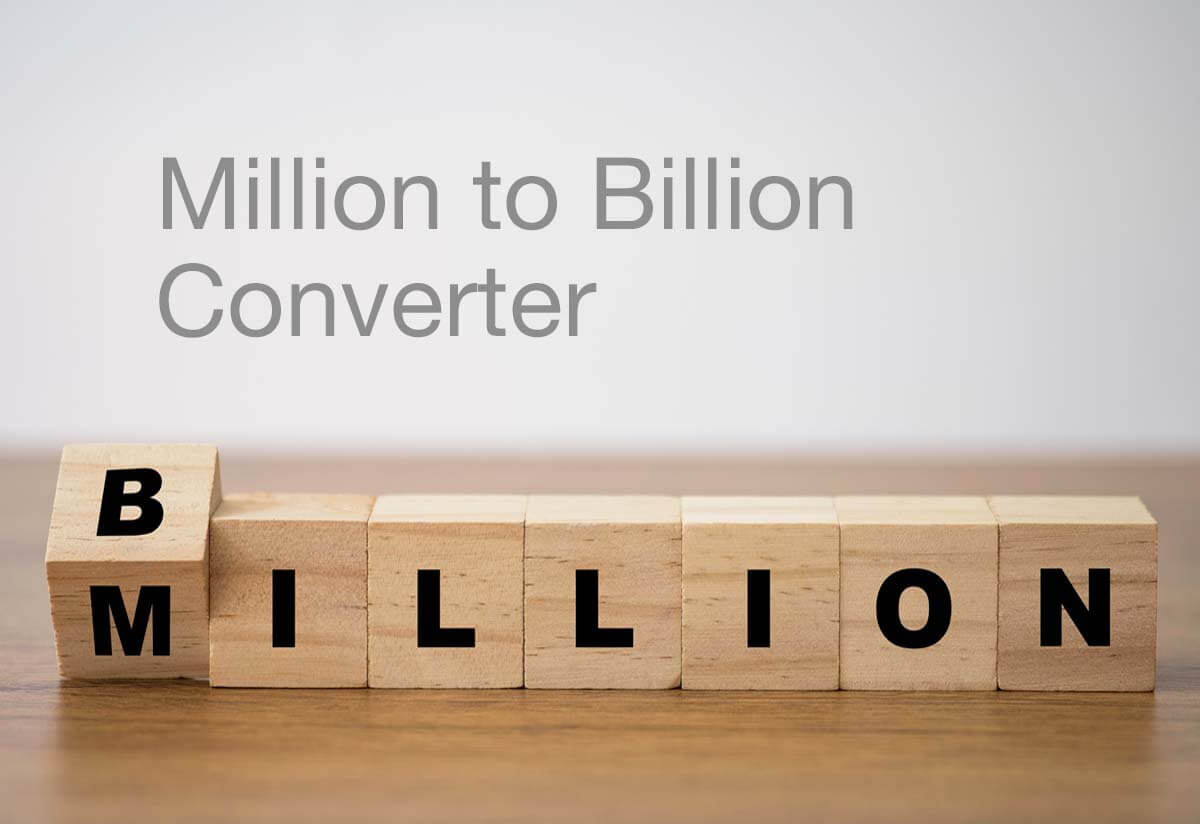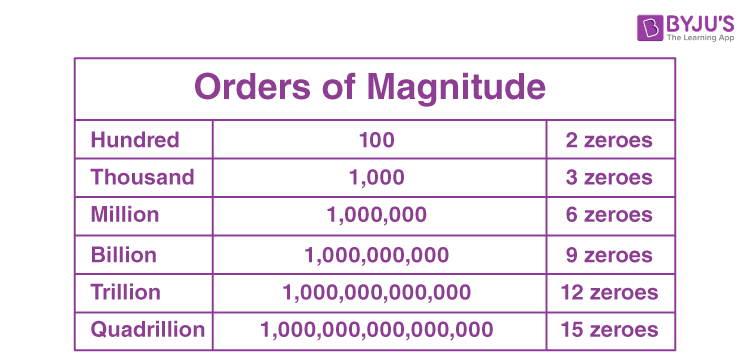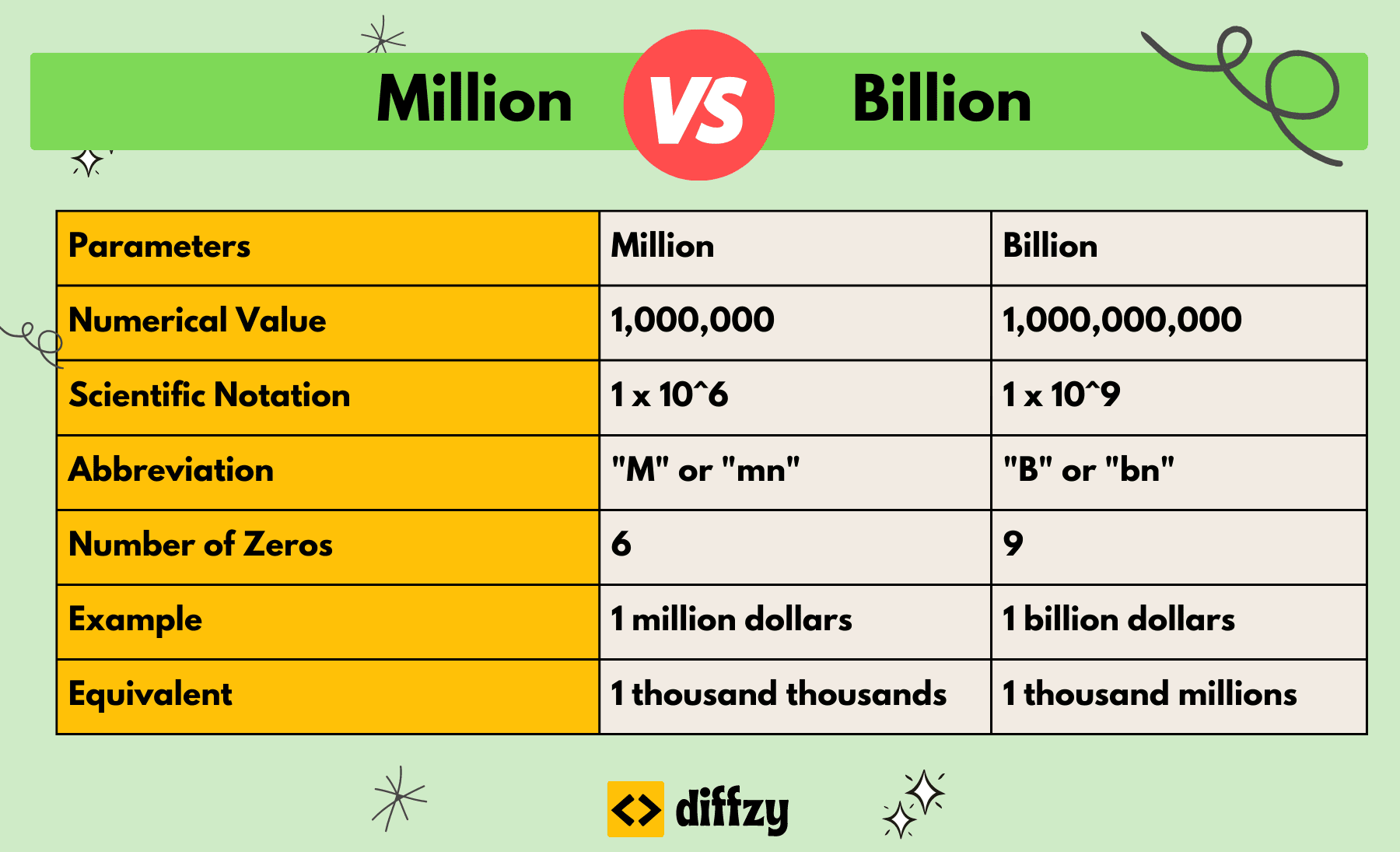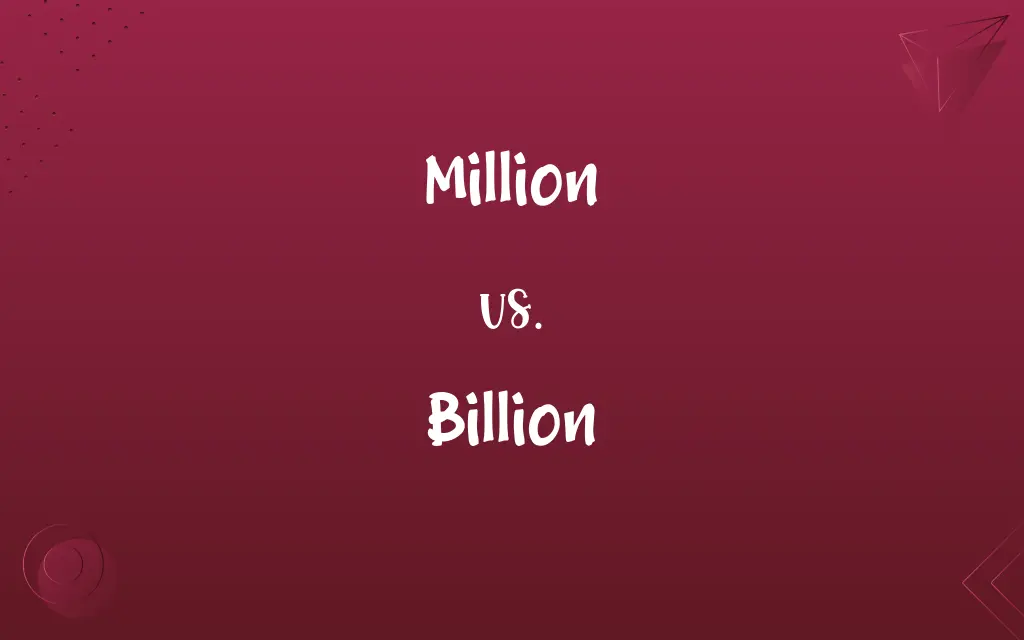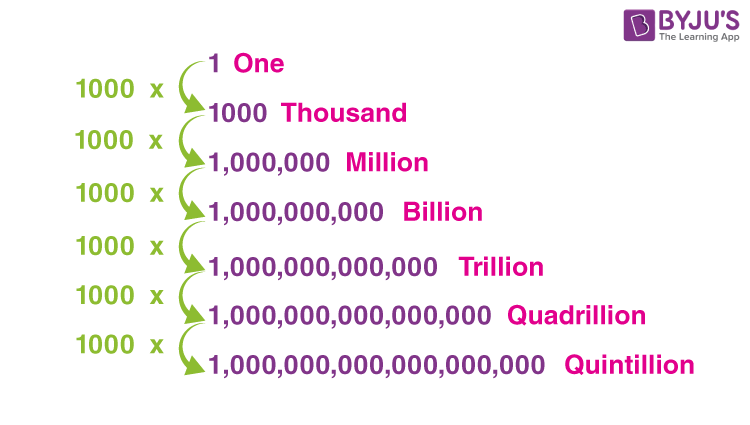20 Billion Divided By 300 Million

The stark arithmetic of $20 billion divided by 300 million Americans – roughly $66.67 per person – reverberates through the nation's discourse as debates intensify over how best to address pressing social and economic needs.
This seemingly simple calculation underscores the complexities of resource allocation and policy making, raising fundamental questions about the impact of federal spending on individual lives. The number has become a focal point in discussions ranging from targeted relief packages to broader economic stimulus plans.
Understanding the Calculation: More Than Just a Number
The sum of $66.67, derived from dividing $20 billion by 300 million (approximating the US population), is a symbolic representation of the potential individual impact of such a massive sum. While it is a simplified illustration, it highlights the scale of federal budgets and the challenge of distributing resources effectively. This calculation is not intended to suggest that every American would receive exactly $66.67.
The nut graf here is this: The figure of $66.67 serves as a launchpad for a deeper examination of how federal funds are allocated and the real-world effects of these financial decisions. The article will explore various perspectives on the allocation of $20 billion, including potential beneficiaries, alternative uses, and the broader economic context.
Potential Uses and Beneficiaries
A $20 billion investment could be strategically deployed across various sectors. Infrastructure projects, for example, could benefit from such funding, leading to job creation and improved transportation networks.
Education initiatives, such as scholarships or grants for underprivileged students, could also be supported. Healthcare access could be expanded through investments in community clinics and mental health services.
Small businesses, often the backbone of local economies, could receive loans and grants to stimulate growth and create jobs. Low-income families could benefit from increased access to affordable housing and nutritional assistance programs.
Alternative Perspectives on Resource Allocation
While some advocate for direct investment in social programs, others argue for alternative approaches. Tax cuts, for instance, are often proposed as a way to stimulate the economy by leaving more money in the hands of individuals and businesses.
Some economists argue that reducing the national debt is a more prudent use of funds in the long term. Others suggest investing in technological innovation and research to drive economic growth.
These contrasting viewpoints highlight the ongoing debate about the most effective way to utilize taxpayer dollars and achieve desired economic outcomes.
The Broader Economic Context
The allocation of $20 billion must be viewed within the larger context of the US economy. Factors such as inflation, unemployment rates, and global economic trends play a significant role in determining the effectiveness of any spending plan.
Economists often debate the multiplier effect of government spending. This refers to the extent to which an initial investment generates additional economic activity.
For example, investing in infrastructure projects could lead to increased demand for construction materials and labor, stimulating growth in related industries. Conversely, inefficient spending could lead to waste and limited impact.
Challenges and Criticisms
Even with the best intentions, implementing large-scale spending programs faces significant challenges. Bureaucratic hurdles, political gridlock, and potential for corruption can hinder the effective distribution of funds.
Critics often point to examples of wasteful government spending and question the ability of agencies to manage large sums of money responsibly. Accountability and transparency are crucial to ensuring that taxpayer dollars are used effectively.
Furthermore, the focus on a specific amount, like $20 billion, can sometimes overshadow the broader issue of fiscal responsibility and the need for sustainable budgeting practices.
The Role of Policy and Decision-Making
Ultimately, the allocation of $20 billion rests in the hands of policymakers and elected officials. Their decisions are influenced by a variety of factors, including political ideology, constituent needs, and expert advice.
Public discourse and engagement play a vital role in shaping these decisions. Informed citizens can advocate for specific priorities and hold their representatives accountable.
Understanding the potential impact of different spending scenarios is crucial for making informed decisions about the allocation of public resources.
"The question is not simply how much to spend, but how to spend it wisely,"says Dr. Anya Sharma, an economist at the Brookings Institution.
Looking Ahead: The Future of Resource Allocation
The debate over the allocation of $20 billion is part of a larger conversation about the role of government in addressing societal challenges. As the nation faces evolving economic and social landscapes, the need for strategic and effective resource allocation will only intensify.
Data-driven decision-making and rigorous evaluation of program effectiveness are essential for ensuring that taxpayer dollars are used to maximize positive impact. Finding common ground and fostering bipartisan cooperation are crucial for addressing the complex challenges facing the nation.
The seemingly simple equation of $20 billion divided by 300 million serves as a powerful reminder of the scale and significance of these decisions. The future depends on thoughtful and responsible stewardship of public resources.




:max_bytes(150000):strip_icc()/BiggerThanMillion-58b734085f9b5880803990ff.jpg)

